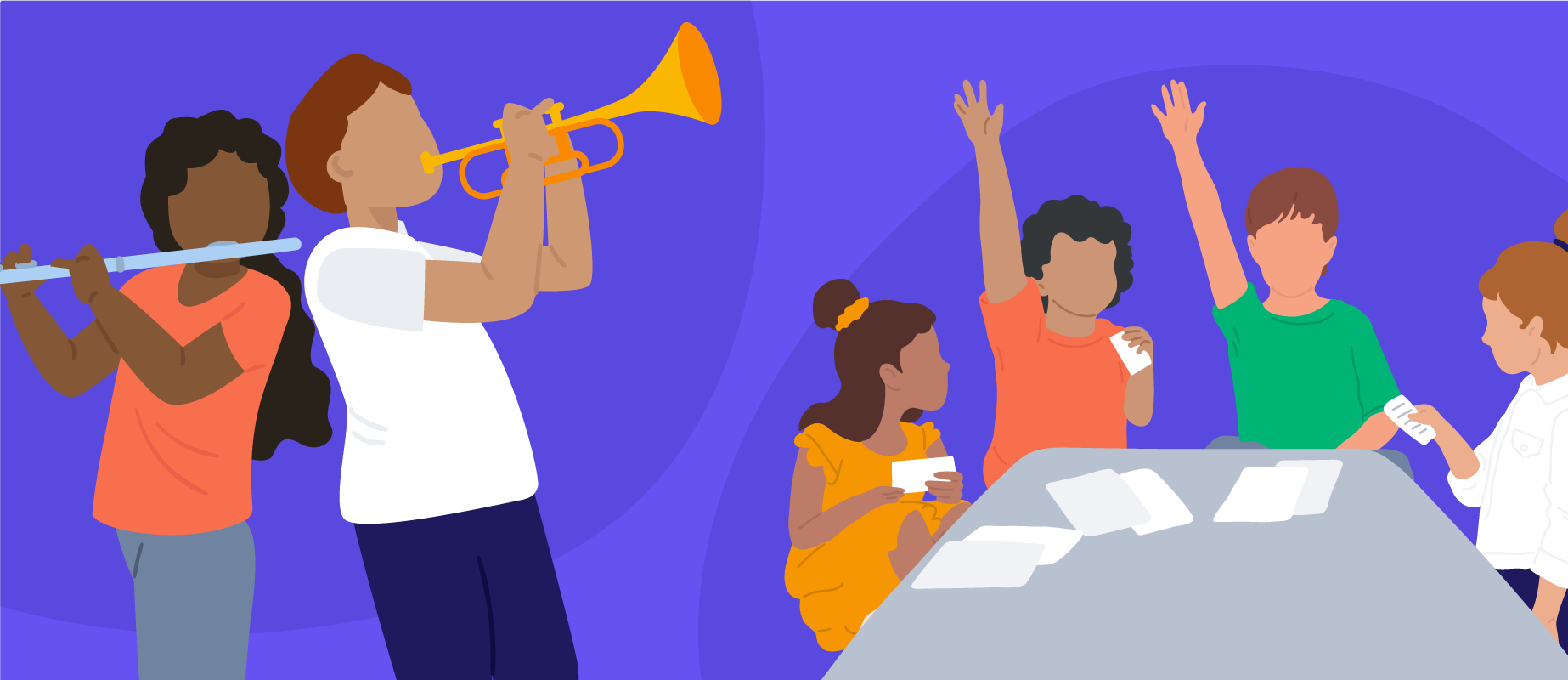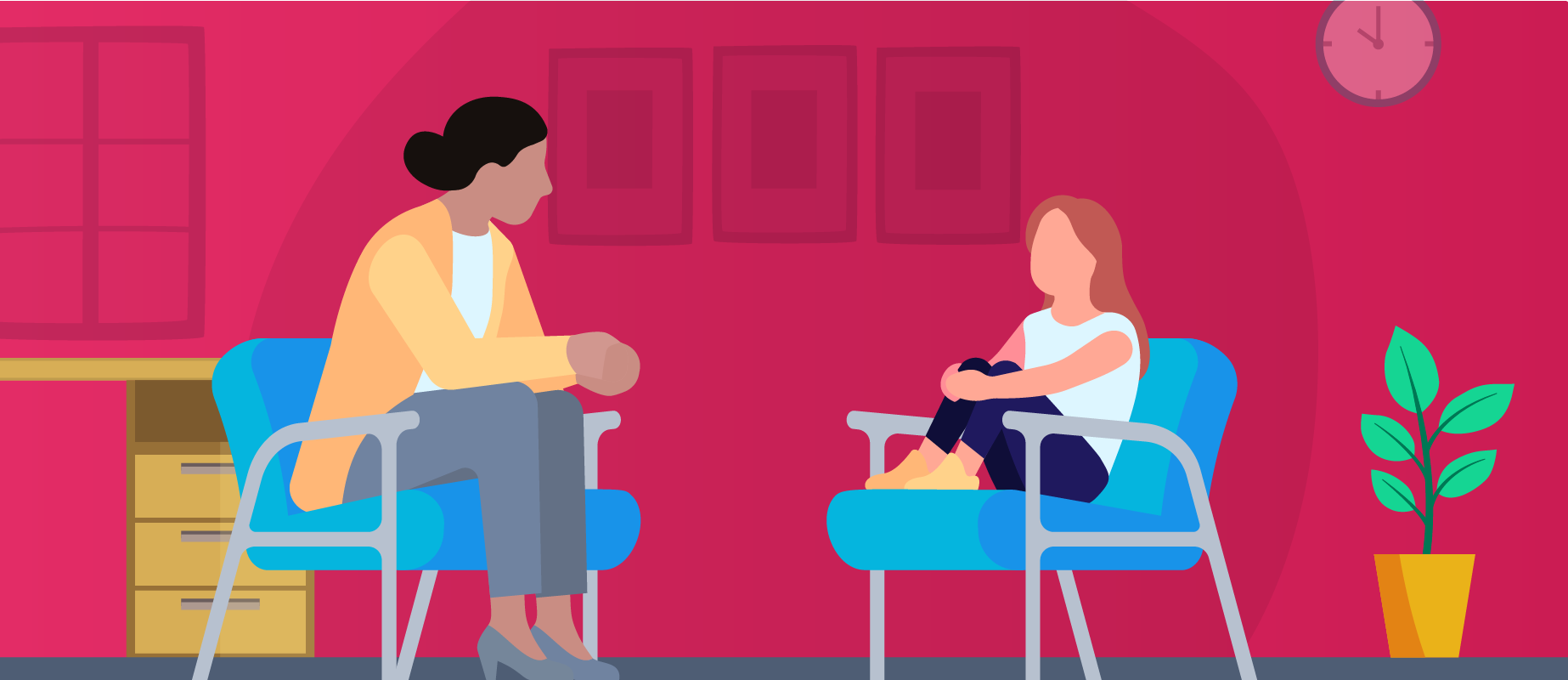In the News: Enhancing Safety in Schools Across Minnesota
Read the Story
SmartPass Co-Founders Listed on Forbes 30 Under 30
Read the Story

Lee Moskowitz
.avif)

If you’ve spent any time in a school recently, you’ve probably noticed the ever-present water bottles on students’ desks. From compact reusable bottles to giant tumblers that could double as kettlebells, these hydration vessels have become a standard part of school life. While staying hydrated is undeniably important, the water bottle trend has raised questions for teachers: are these bottles truly about hydration, or are they causing more disruption than benefit in the classroom?
These bottles get bigger and bigger, yet students seem to always need to refill them. Is it about leaving class?
Let’s break down the hydration hype, the distraction dilemma, and how schools can strike the right balance.
There’s no argument that staying hydrated is important for students’ health and learning. Water supports energy levels, helps maintain focus, and aids in mood regulation. Schools that encourage hydration are fostering good habits for life.
According to the CDC, US children and adolescents drank an average of 23 ounces of plain water daily during 2015–2018.
However, teachers have noticed that water bottle usage often goes beyond hydration. It’s not just about sipping quietly at a desk; it’s about trips to refill, the sound of bottles falling, and students treating their water bottles like the latest fidget toys.
While water bottles are intended to help students stay hydrated, they sometimes turn into tools of distraction. Teachers frequently observe these behaviors in classrooms:
Constant Refills
Even with oversized water bottles, students often ask to leave class to refill them. Why, teachers wonder, does a student carrying a 40-ounce Stanley tumbler need to refill it multiple times a day? The likely answer isn’t thirst—it’s a chance to leave class, roam the halls, or chat with friends by the refill station.
Excessive Bathroom Breaks:
Increased water intake naturally leads to more bathroom trips. While teachers don’t want to deny a student’s needs, these frequent interruptions can disrupt lessons, especially when students miss key instructions or class activities.
Classroom Noise and Spills:
Water bottles, especially larger ones, are prone to accidents. The clang of a Stanley hitting the floor or the spill of a knocked-over bottle can derail even the most focused classroom.
Off-Task Behaviors:
Water bottles have become multitools for distraction. Students fidget with lids, use bottles as toys, or spend an inordinate amount of time carefully reapplying stickers. What starts as hydration can easily turn into procrastination.
Many teachers believe the frequent trips to refill water bottles or use the bathroom aren’t always about physical needs. Instead, they often serve as an opportunity to:
This pattern can become frustrating for educators who are trying to maintain an effective learning environment while meeting students’ legitimate needs.
One teacher shared their perspective on Reddit’s /r/Teachers:
"Filling up water bottles is 99.5% about walking around and doing something non-class related, and maybe 0.5% about being thirsty."
While this comment exaggerates for effect, it captures the reality many educators experience: water bottle use can be about much more than staying hydrated.
Oversized water bottles like Stanley tumblers have become incredibly popular among students. These bottles are designed to hold 40 ounces or more, which should cover most students’ hydration needs for the day. Yet teachers report that students with these massive bottles are often the ones requesting frequent refills.
Why? The likely reasons include:
This is yet another reason why school policies require students to ask their teacher to go to the bathroom or water fountain before leaving class.
While water bottles can present challenges, banning them outright isn’t practical—or fair. Instead, schools and teachers can adopt strategies to minimize disruptions while ensuring students stay hydrated:
Designated Refill Times:
Allow students to refill bottles during natural transitions in the day, such as after recess, before lunch, or between classes. This reduces mid-lesson interruptions.
Clear Expectations:
Set guidelines about when it’s appropriate to leave the classroom for refills or bathroom trips. Communicate these expectations at the start of the school year and reinforce them as needed.
Hydration Stations:
Place refill stations near classrooms to minimize wandering. When students don’t have to travel far, the refill process is quicker and less disruptive.
Teaching Responsibility:
Help students understand the consequences of missing class time. If they leave during instruction, they’re responsible for catching up on their own.
Bottle-Free Desks:
For classrooms where water bottles are a significant distraction, consider requiring bottles to be kept in a designated area of the room. This ensures access without constant handling.
With SmartPass, schools can easily manage hallway traffic and reduce unnecessary classroom interruptions while still supporting students’ hydration needs. Here’s how it works:
With these features, SmartPass creates a structure that supports hydration while limiting unnecessary interruptions.
Water bottles in schools are here to stay, and for good reason. They encourage hydration, support student health, and can even help with focus—when used appropriately. The challenge lies in addressing the behaviors and disruptions that often come with them.
By setting clear expectations and teaching students to use their water bottles responsibly, schools can strike a balance that benefits both hydration and learning. Because at the end of the day, the goal isn’t just about water—it’s about creating an environment where every student can succeed.
So, the next time a Stanley tumbler hits the floor mid-lesson, take a deep breath and remember: it’s not about the clang; it’s about the balance.


.jpg)
